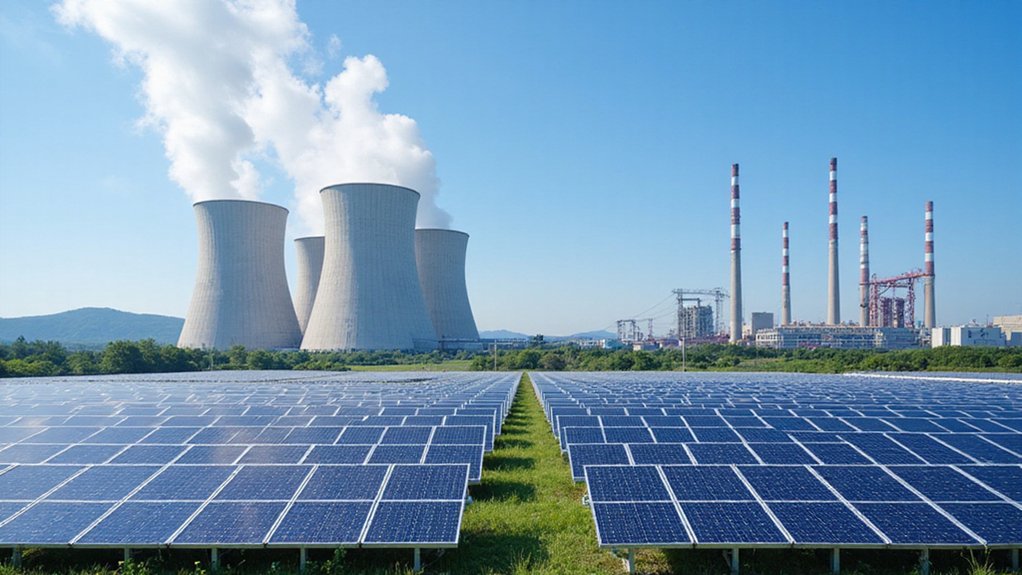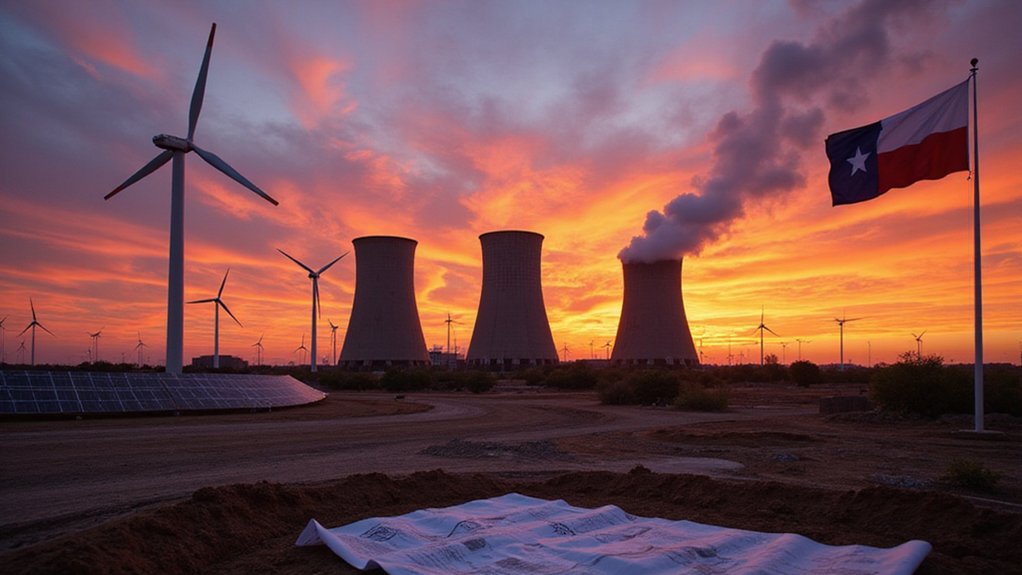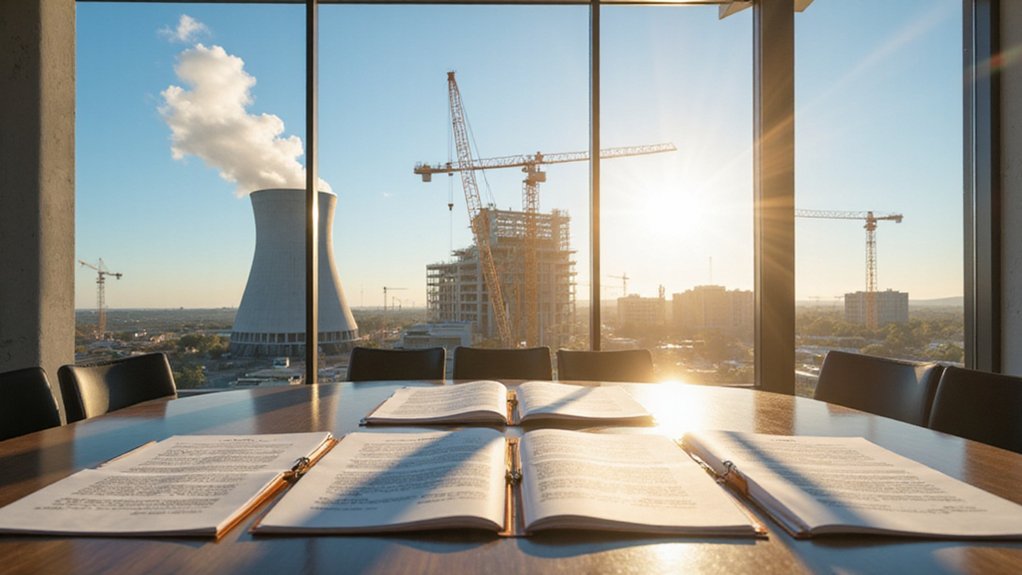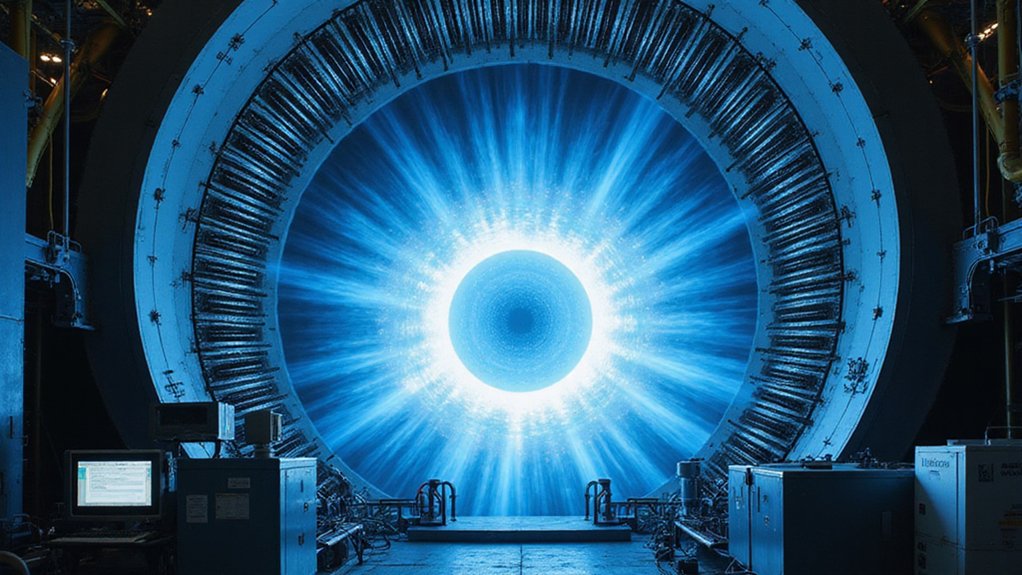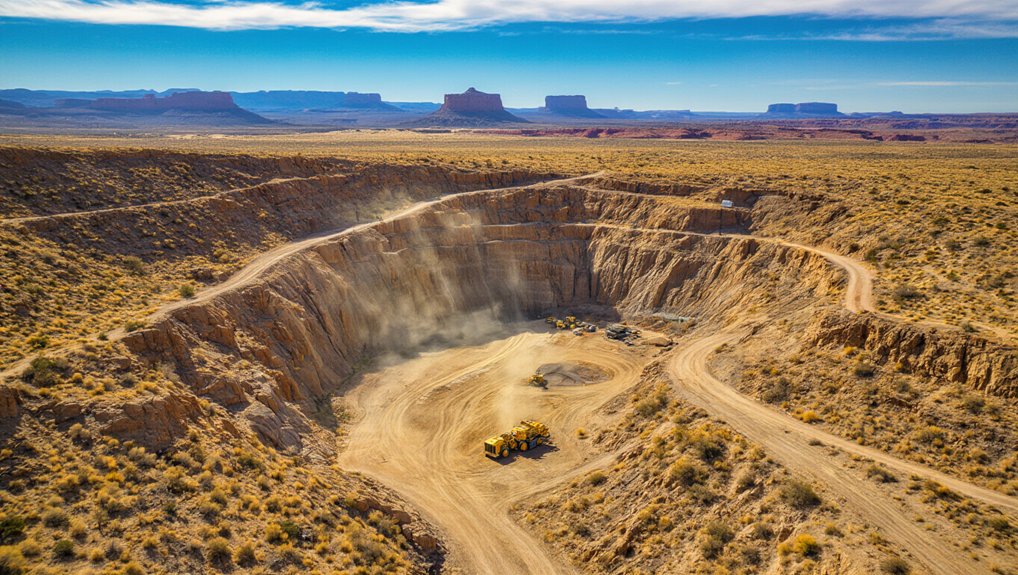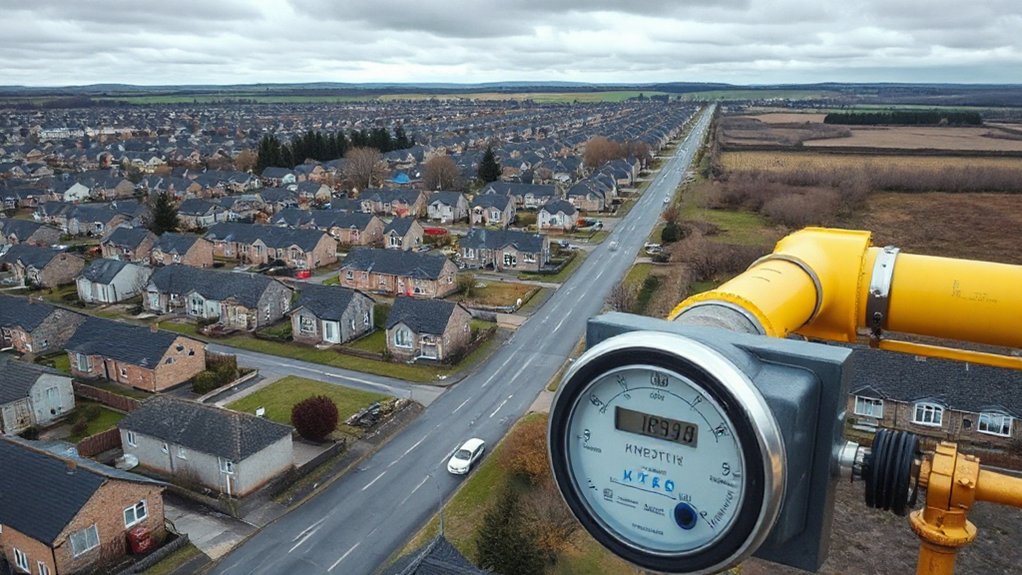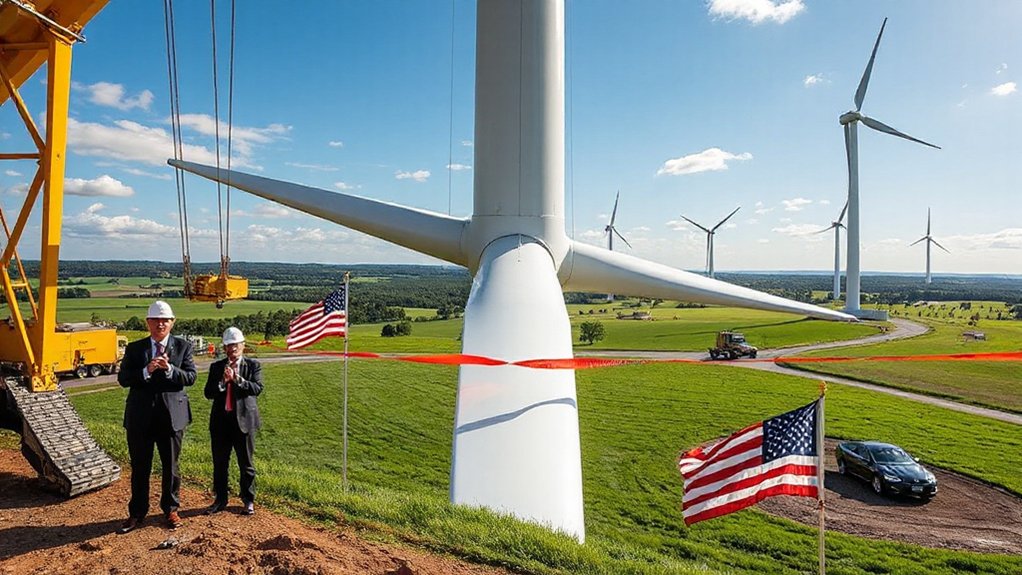How is a country once dependent on coal altering its energy framework? South Korea, historically reliant on coal for its electricity needs, is now shifting toward a cleaner energy future. For years, coal-fired plants dominated the nation’s energy environment, with Chungnam province hosting nearly half of the country’s coal fleet. This heavy dependence created serious air pollution problems across the nation.
Under the 11th Basic Plan for Long-Term Electricity Supply and Demand, nuclear power will rise to 35.2% of South Korea’s energy mix by 2038. The plan includes building three additional nuclear reactors – two large-scale units called Shin-Hanul 3 and 4 with 2.8 GW capacity, and a small modular reactor set to begin operation in 2036. This crucial SMR will add 700 MW of capacity to the nation’s energy grid. Since taking office in May 2022, President Yoon Seok-yeol has made establishing Korea as a nuclear powerhouse a priority.
South Korea bets big on nuclear expansion, with President Yoon driving plans for three new reactors by 2038.
Alongside nuclear expansion, South Korea is investing heavily in renewable energy. Solar capacity is targeted to reach 77.2 GW by 2038, up from 27 GW at the end of 2023. The country’s renewable energy share will increase to 29.2% of the total energy mix. Despite international commitments to triple renewable energy capacity, South Korea currently has the lowest renewable share among OECD countries at just 8.4%. The transition requires major grid upgrades to accommodate the integration of intermittent renewable energy sources. To support this growth, energy storage capacity will expand to 138 GWh by 2038.
These changes aim to increase carbon-free energy sources to 70.7% of South Korea’s annual power generation by 2038, a major jump from 39.1% in 2023. The government plans to shut down 20 coal power plants by 2030, with opposition parties pushing for a complete coal phaseout by 2040.
The alteration comes as South Korea’s electricity demand is projected to grow at 1.8% annually, reaching 129.3 GW by 2038. The country faces the challenge of balancing increasing energy needs with decarbonization goals.
While President Yoon champions nuclear power, opposition parties favor faster renewable deployment and coal phaseout. Despite these political differences, South Korea’s energy transformation continues to gain momentum.
References
- https://www.enerdata.net/publications/daily-energy-news/south-korea-new-nuclear-renewable-power-plan.html
- https://asia.fes.de/news/south-korea-energy-transition.html
- https://www.spglobal.com/commodity-insights/en/news-research/latest-news/lng/041224-south-korea-elections-positive-for-lng-renewables-bad-for-coal-nuclear
- https://climateactiontracker.org/countries/south-korea/
- https://ca1-clm.edcdn.com/assets/south_korea_coal_phase_out_feb17_eng.pdf
